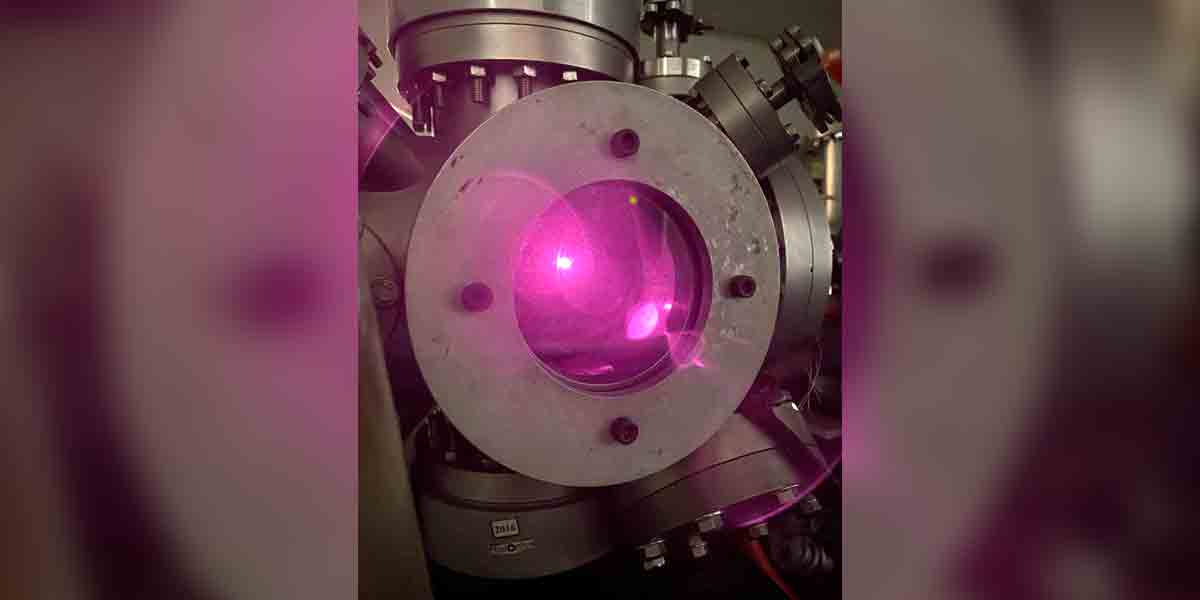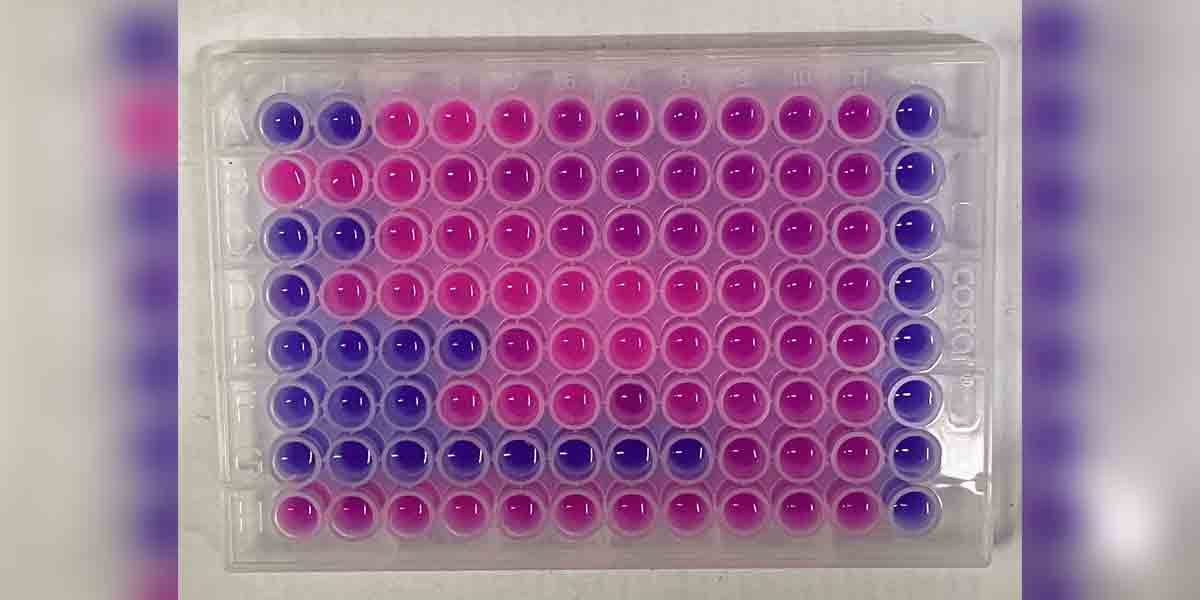Foreign direct investment (FDI) net inflows rose by 27.8 percent to reach US$1.0 billion in November 2023 from the US$820 million net inflows recorded in November 2022 (Figure 1).1, 2
This improvement was due mainly to the 57.8 percent expansion in nonresidents’ net investments in debt instruments to US$897 million from US$568 million a year ago.[3]
Meanwhile, nonresidents’ net investments in equity capital (other than reinvestment of earnings) and reinvestment of earnings contracted by 52.5 percent and 8.1 percent to US$85 million (from US$180 million) and US$66 million (from US$72 million), respectively.

Equity capital placements during the reference month emanated largely from Japan and the United States. These were channeled primarily to the 1) manufacturing, 2) real estate, and 3) construction industries.
These developments brought the cumulative FDI net inflows to US$7.6 billion in the first eleven months of 2023, albeit lower by 13.3 percent than the US$8.7 billion net inflows recorded in the same period in 2022 (Figure 2). Notwithstanding the country’s sustained economic growth, FDI remained subdued due to the lingering impact of high inflation and low growth prospects globally.



1 The BSP statistics on FDI are compiled based on the Balance of Payments and International Investment Position Manual, 6th Edition (BPM6). FDI includes (a) investment by a nonresident direct investor in a resident enterprise, whose equity capital in the latter is at least 10 percent, and (b) investment made by a nonresident subsidiary/associate in its resident direct investor. FDI can be in the form of equity capital, reinvestment of earnings, and borrowings.
2 The BSP FDI statistics are distinct from the investment data of other government sources. BSP FDI covers actual investment inflows. By contrast, the approved foreign investments data that are published by the Philippine Statistics Authority (PSA), which are sourced from Investment Promotion Agencies (IPAs), represent investment commitments, which may not necessarily be realized fully, in a given period. Further, the said PSA data are not based on the 10 percent ownership criterion under BPM6. Moreover, the BSP’s FDI data are presented in net terms (i.e., equity capital placements less withdrawals), while the PSA’s foreign investment data do not account for equity withdrawals.
[3] Net investments in debt instruments consist mainly of intercompany borrowing/lending between foreign direct investors and their subsidiaries/affiliates in the Philippines. The remaining portion of net investments in debt instruments are investments made by nonresident subsidiaries/associates in their resident direct investors, i.e., reverse investment.





















